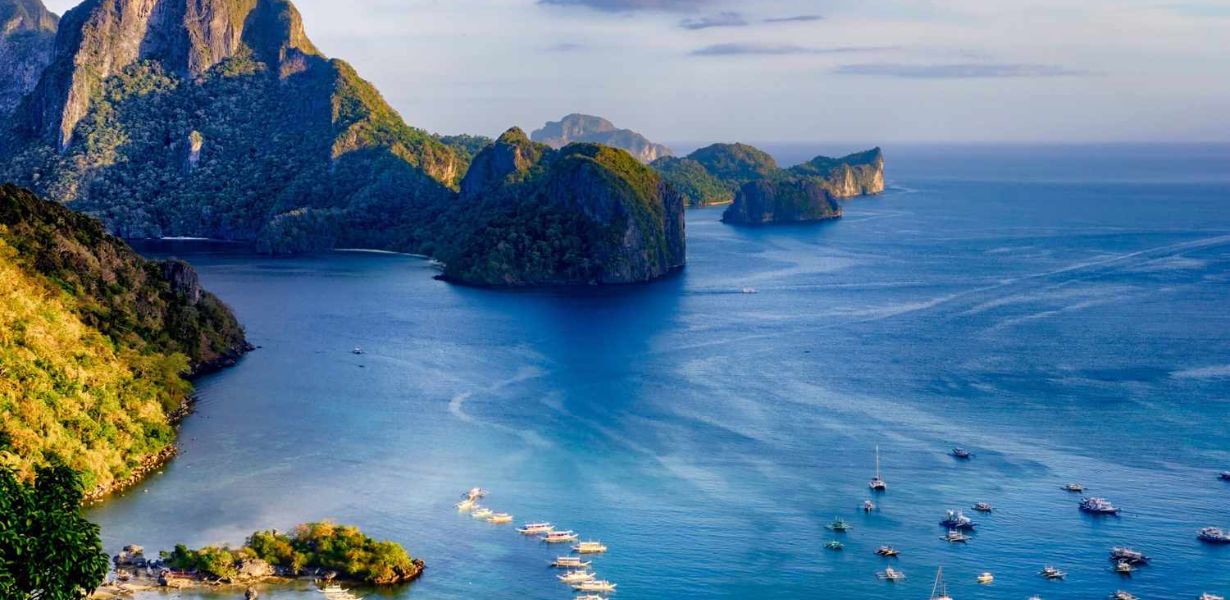
Southeast Asia: A Mosaic of Culture, Landscape, and History
- Post
- August 21, 2023
- Asia, Destinations, Southeast Asia
- 0 Comments
Southeast Asia
Southeast Asia, situated at the crossroads of diverse cultures, languages, and traditions, is a region of incredible diversity and allure. Comprising 11 countries, this region is a dynamic blend of ancient history and modern growth. From the bustling cities to serene beaches, Southeast Asia offers a vivid spectrum of experiences.
Southeast Asian Countries List
The countries in Southeast Asia include Thailand, Vietnam, Malaysia, Indonesia, Singapore, Philippines, Myanmar, Cambodia, Laos, Brunei, and Timor-Leste. Each nation contributes a unique piece to the mosaic of Southeast Asian culture and heritage.
Cultural Kaleidoscope
Southeast Asia’s cultural fabric is woven with threads of indigenous traditions, colonial influences, and modern adaptations. Temples like Cambodia’s Angkor Wat and Indonesia’s Borobudur stand as testament to the region’s spiritual richness. Festivals like Thailand’s Songkran and Indonesia’s Nyepi showcase vibrant celebrations that reflect centuries of tradition.
Natural Wonders and Landscapes
The region boasts breathtaking landscapes, from Thailand’s limestone cliffs and emerald seas to the dense rainforests of Borneo. Indonesia’s Komodo Island is home to the unique Komodo dragon, while the Mekong River winds its way through multiple countries, offering a lifeline to countless communities.
Historical Footprints
Southeast Asia’s history is a tapestry of colonial conquests, trade routes, and dynastic legacies. The remnants of ancient cities like Bagan in Myanmar and Ayutthaya in Thailand stand as silent witnesses to centuries of evolution and change.
Culinary Delights
The culinary scene in Southeast Asia is a tantalizing fusion of flavors and aromas. From Thailand’s spicy curries to Vietnam’s iconic pho, the region’s street food culture offers an immersive gastronomic experience that tantalizes the taste buds.
Economic Dynamism
Rapid economic growth has transformed Southeast Asia into a global economic powerhouse. Countries like Singapore have emerged as financial hubs, while others, like Vietnam, have positioned themselves as manufacturing centers.
Tourism and Hospitality
Southeast Asia welcomes millions of tourists annually. Bali’s pristine beaches, Vietnam’s bustling cities, and the Philippines’ idyllic islands are just a few of the region’s many attractions, drawing visitors seeking both adventure and relaxation.
Challenges and Opportunities
Despite its allure, Southeast Asia faces various challenges, including environmental degradation, political instability, and economic disparities. However, these challenges have also spurred initiatives for sustainable development and regional cooperation.
Future Outlook
The future of Southeast Asia is ripe with possibilities. With a growing young population and increasing connectivity, the region stands at the cusp of innovation, poised to shape its destiny on the global stage.
Final Words
As we conclude our journey through Southeast Asia’s multifaceted tapestry, one thing becomes clear: this enchanting region is a harmonious blend of cultures, landscapes, and history. From its shimmering temples to its bustling metropolises, Southeast Asia invites exploration, promising a lifetime of experiences waiting to be discovered.
Commonly Asked Questions
Q1: What are the must-visit destinations in Southeast Asia?
A: Southeast Asia offers a plethora of must-visit destinations, including Bali in Indonesia, Bangkok in Thailand, and Halong Bay in Vietnam.
Q2: How diverse is the culture in Southeast Asia?
A: The culture in Southeast Asia is incredibly diverse, with influences from indigenous traditions, colonial histories, and global interactions.
Q3: What is the significance of the Mekong River in the region?
A: The Mekong River is not only a vital waterway for transportation and trade but also a source of livelihood for millions of people along its course.
Q4: What role does tourism play in Southeast Asia’s economy?
A: Tourism is a significant contributor to the economies of many Southeast Asian countries, driving employment and infrastructure development.
Q5: How is Southeast Asia addressing environmental challenges?
A: Southeast Asia is making strides towards addressing environmental challenges through initiatives promoting conservation, sustainable practices, and regional cooperation.





